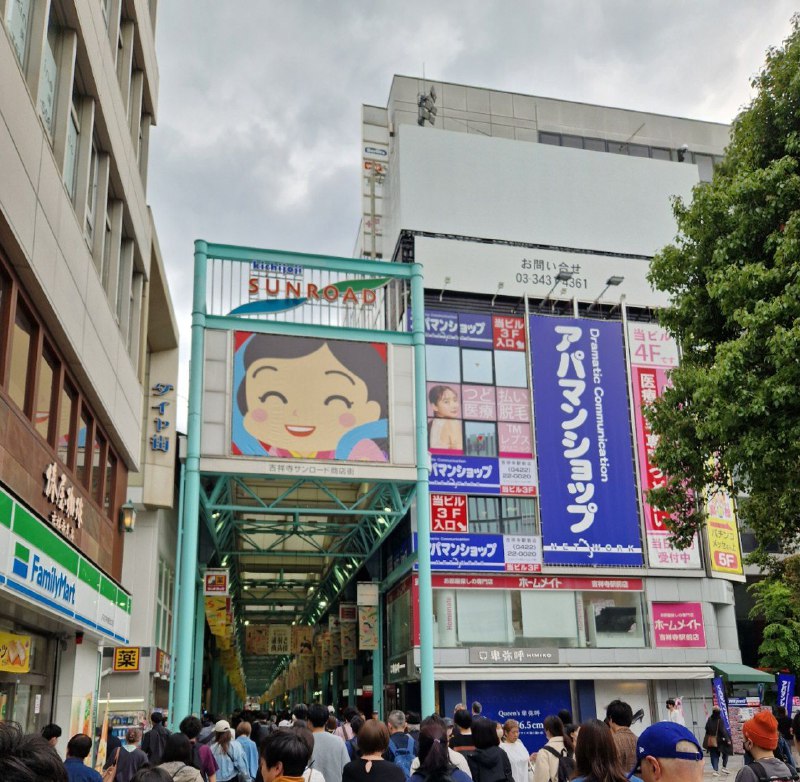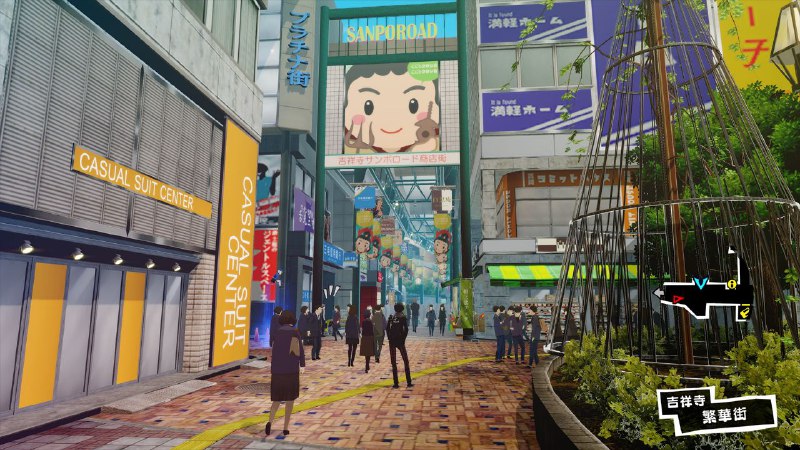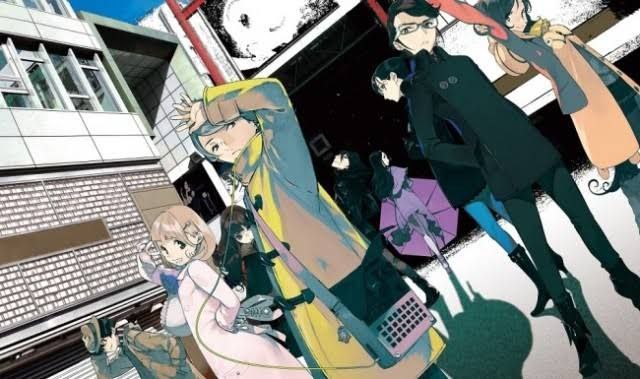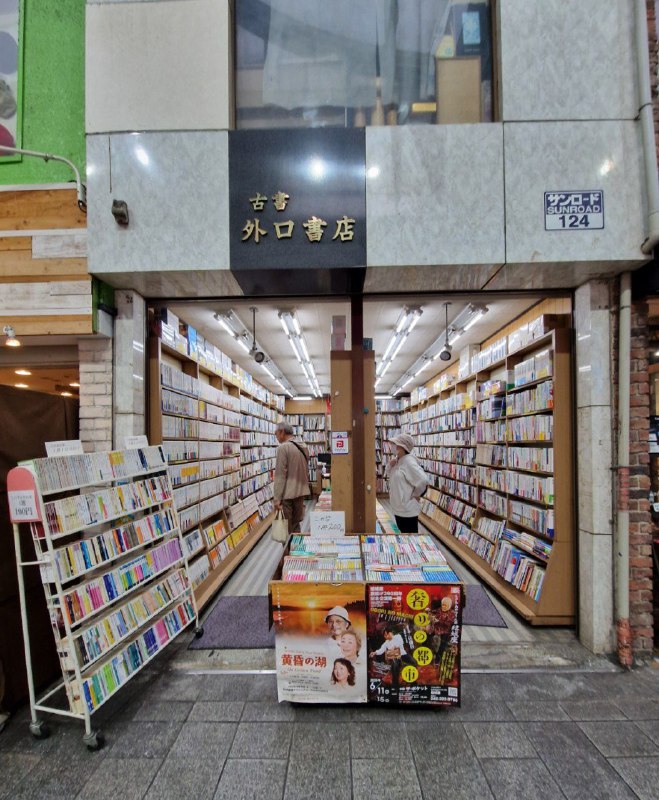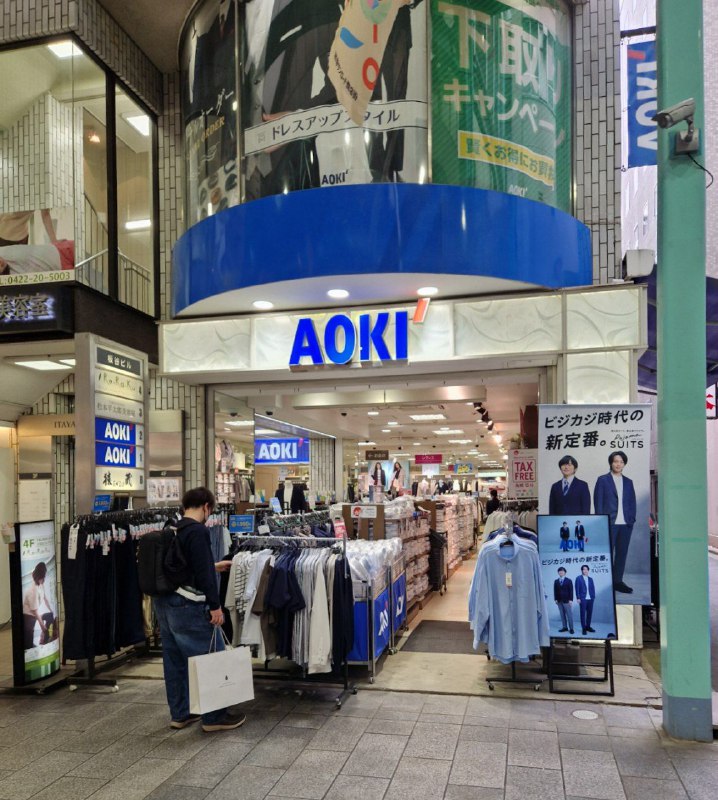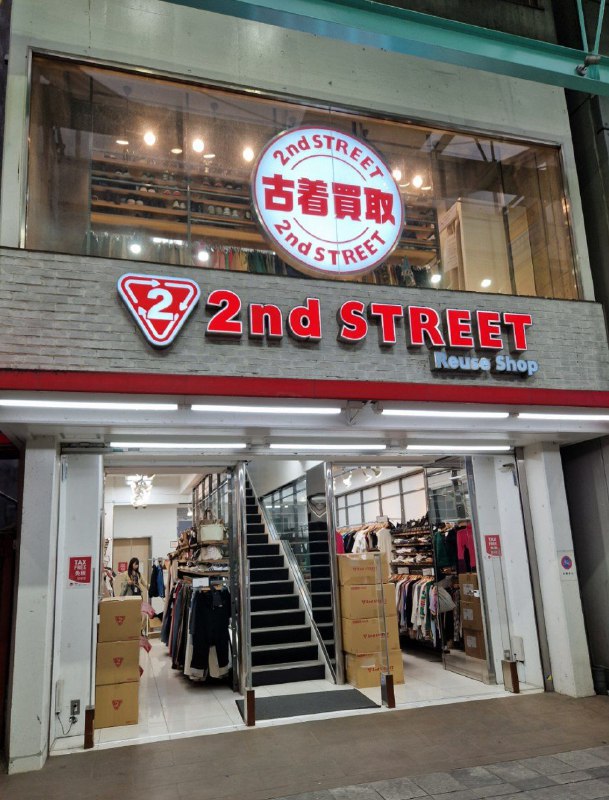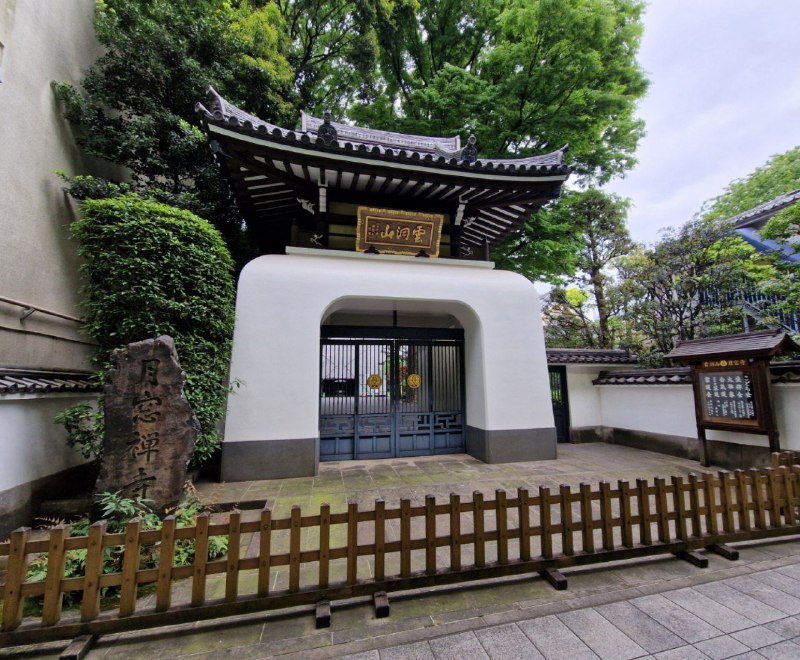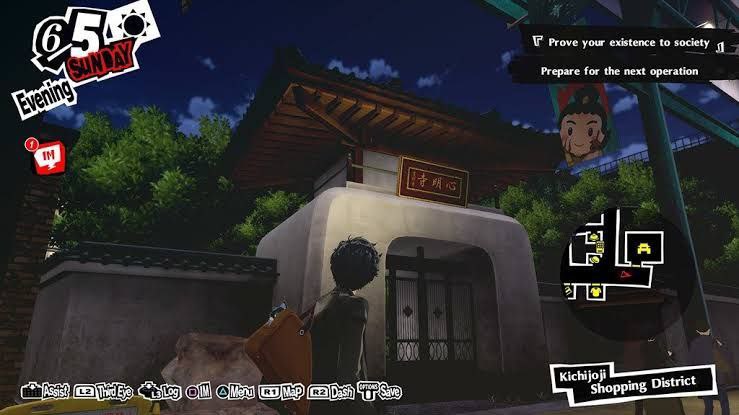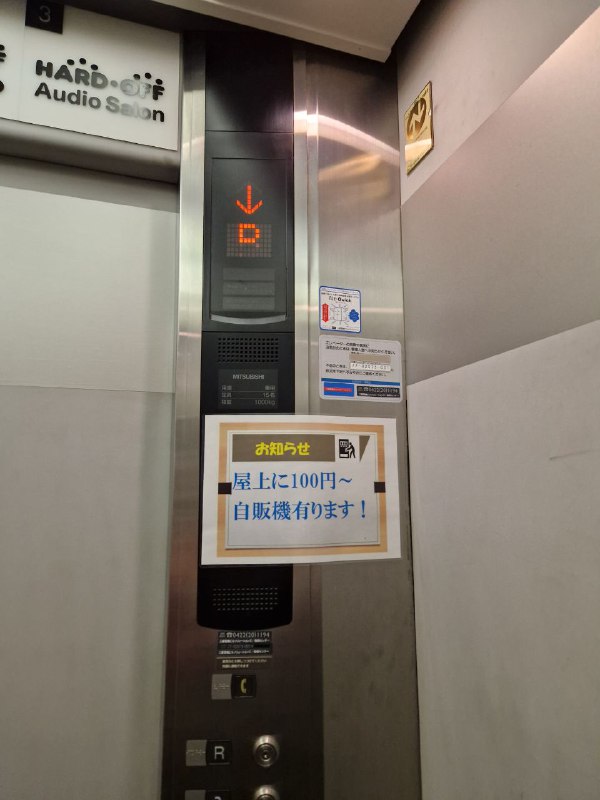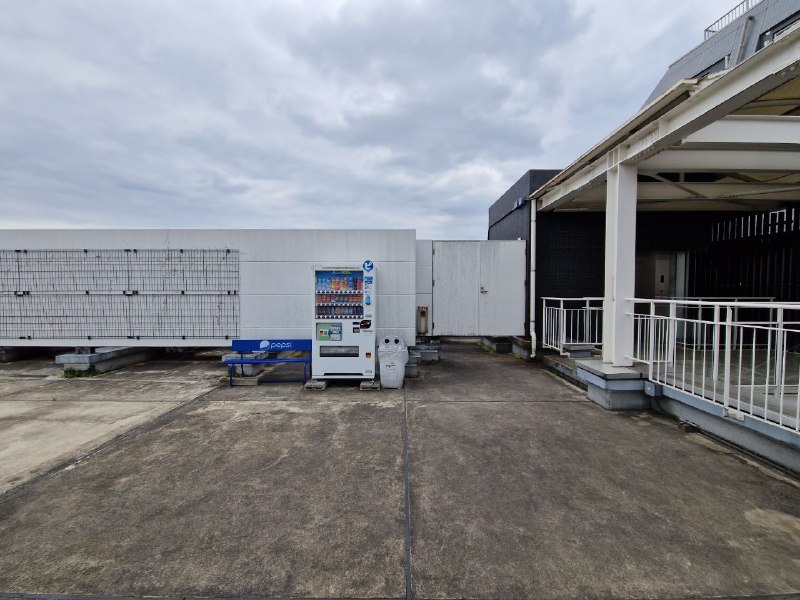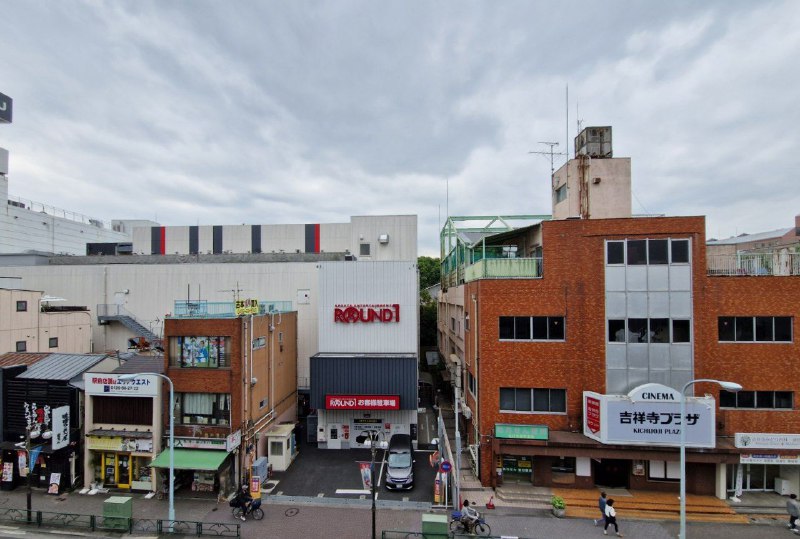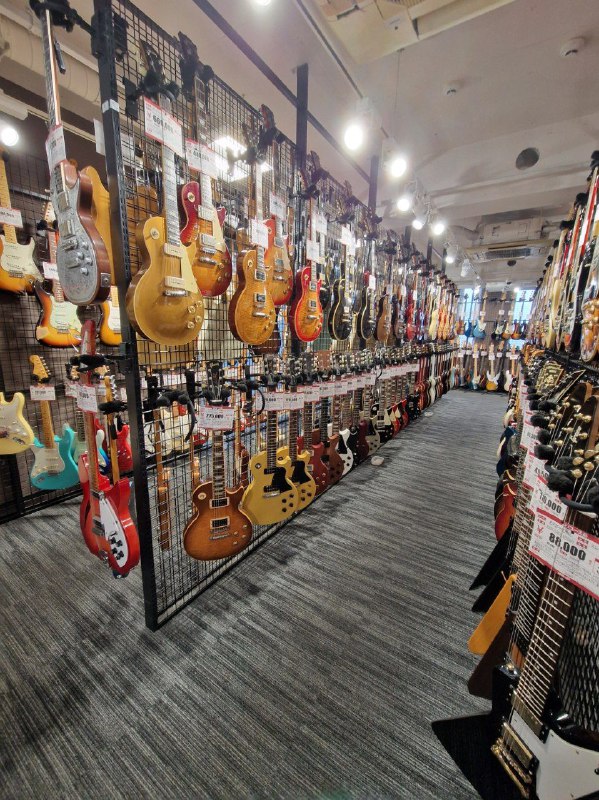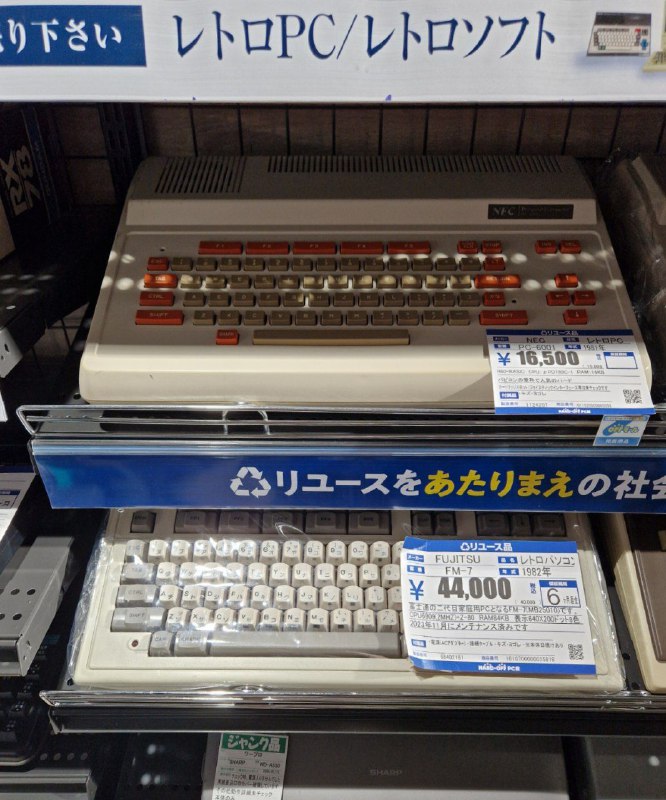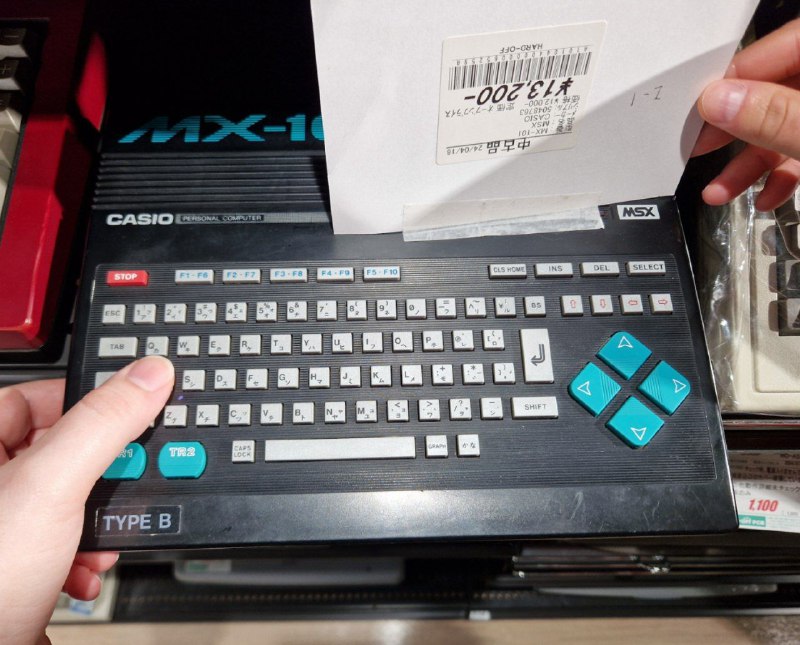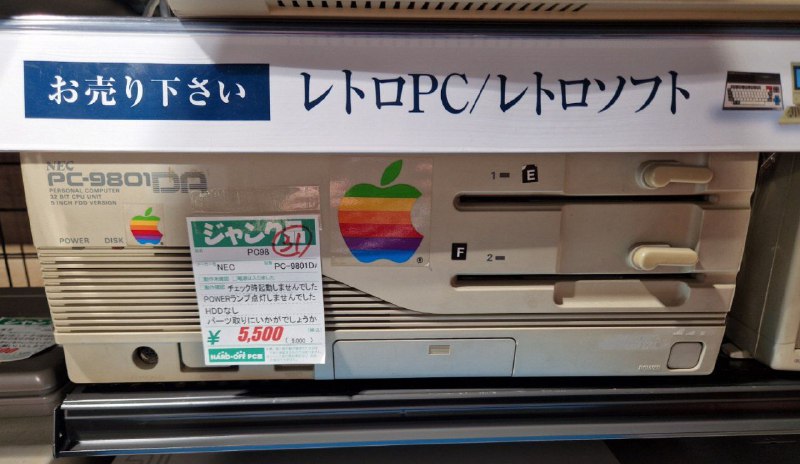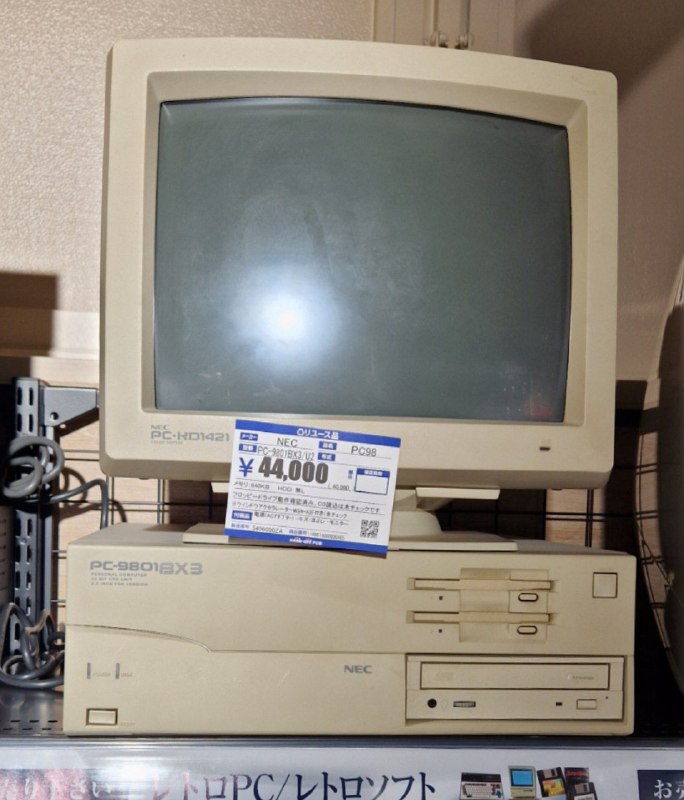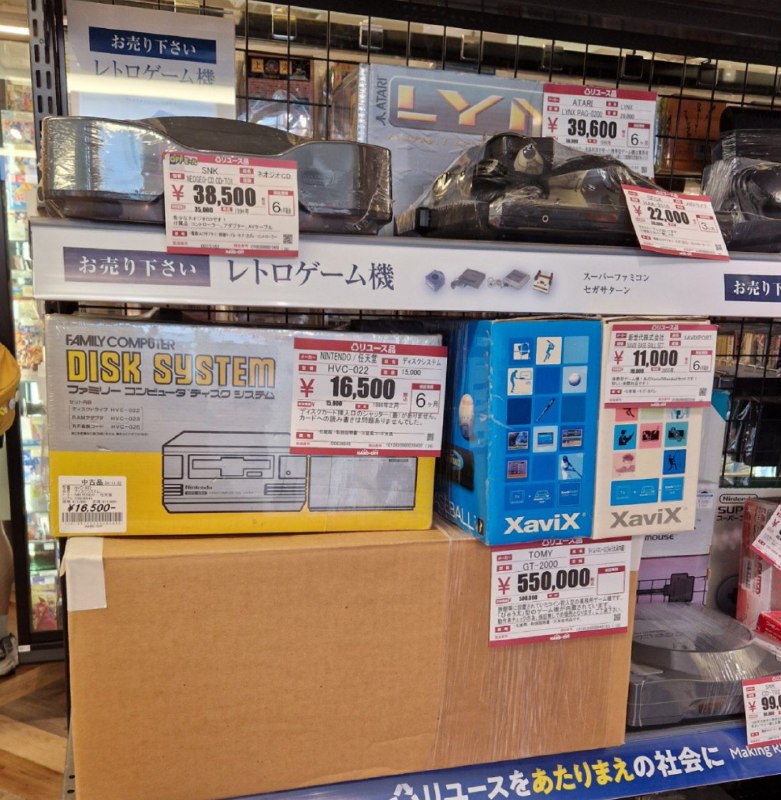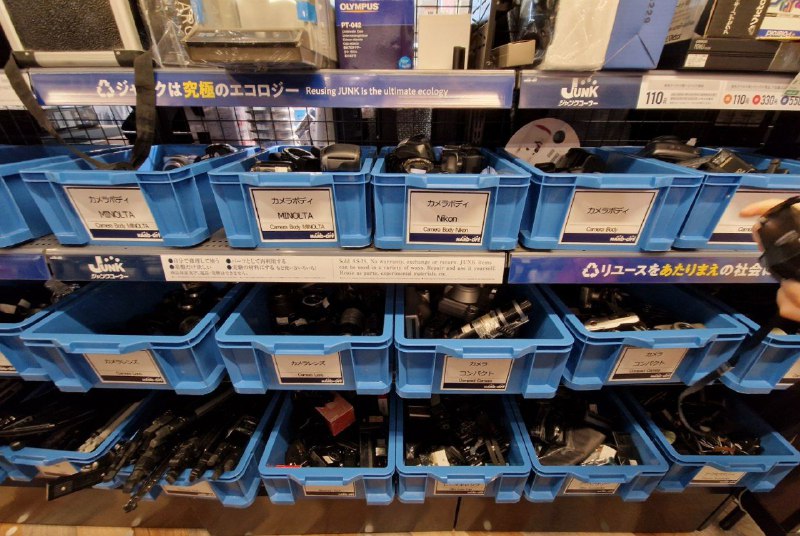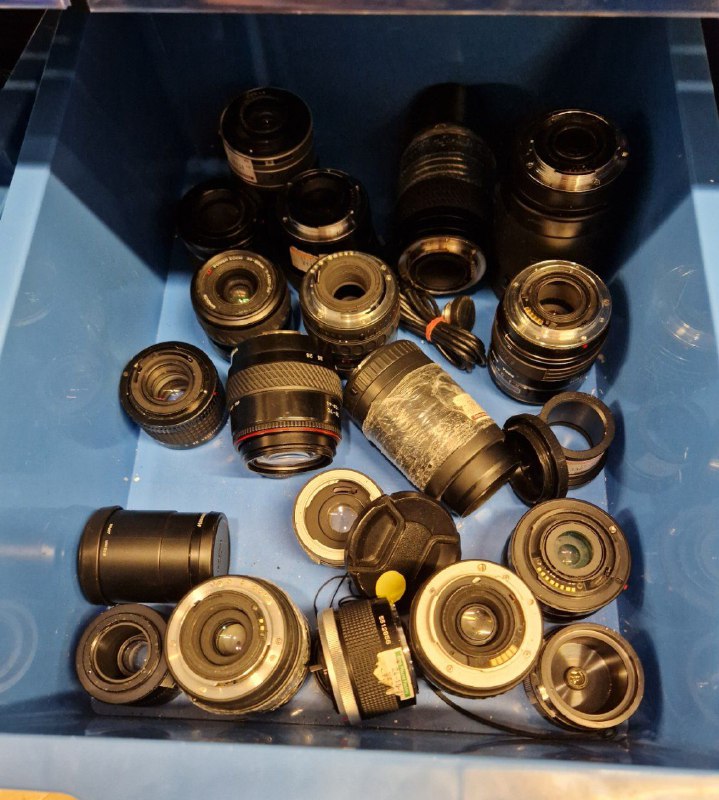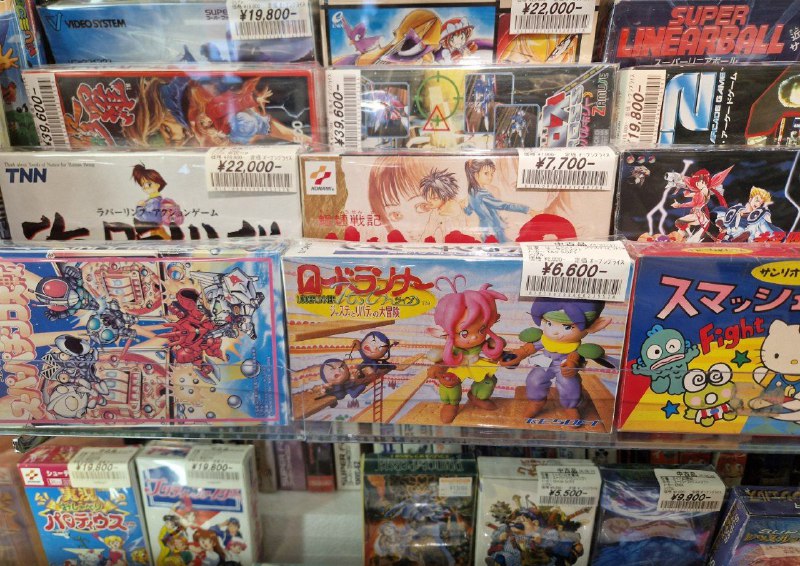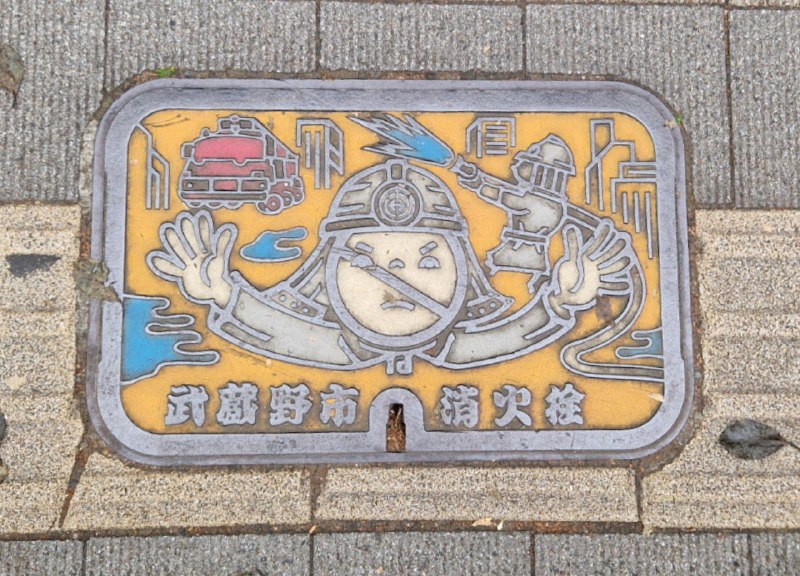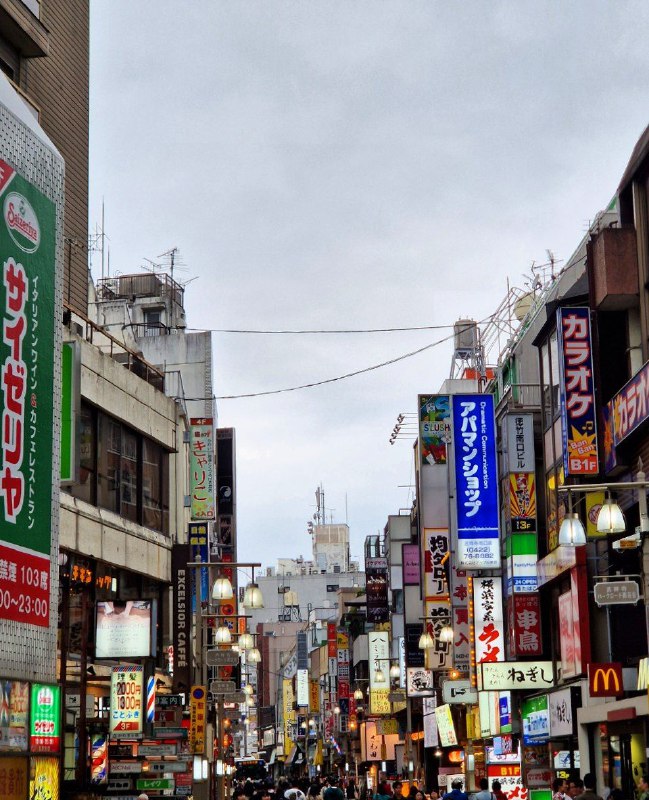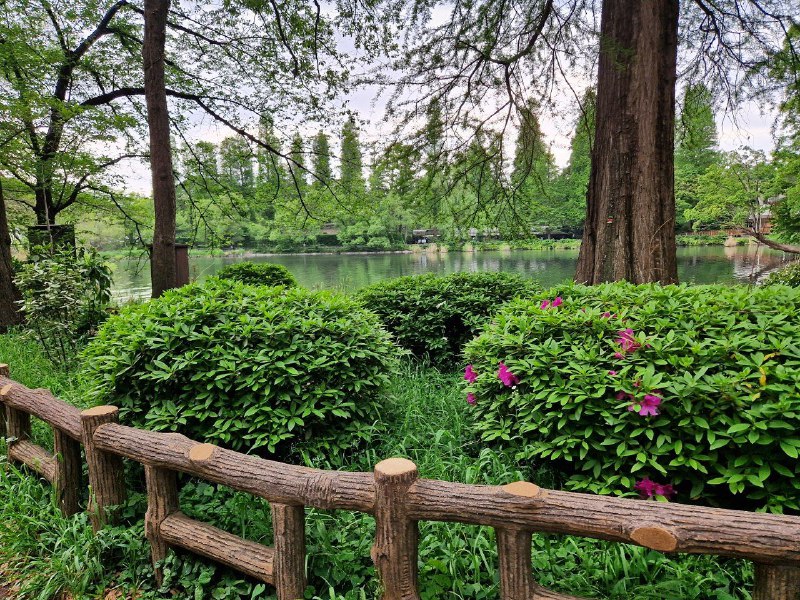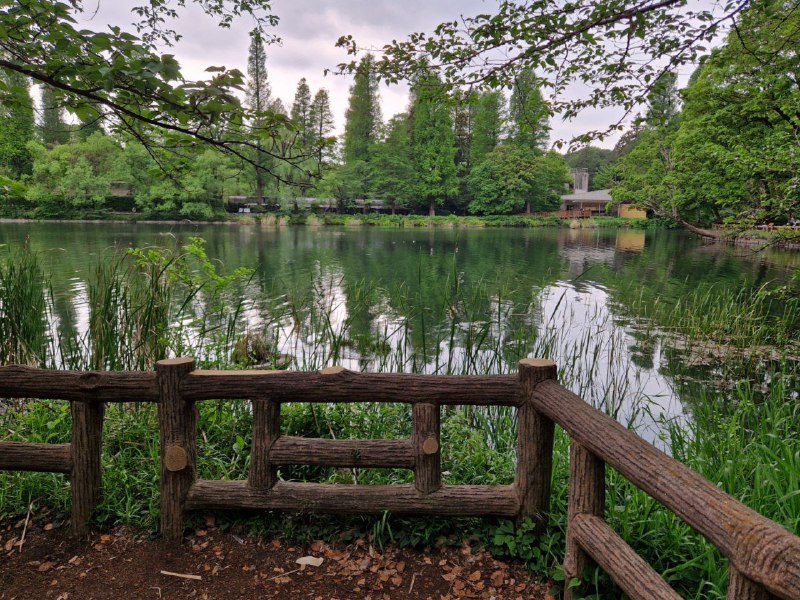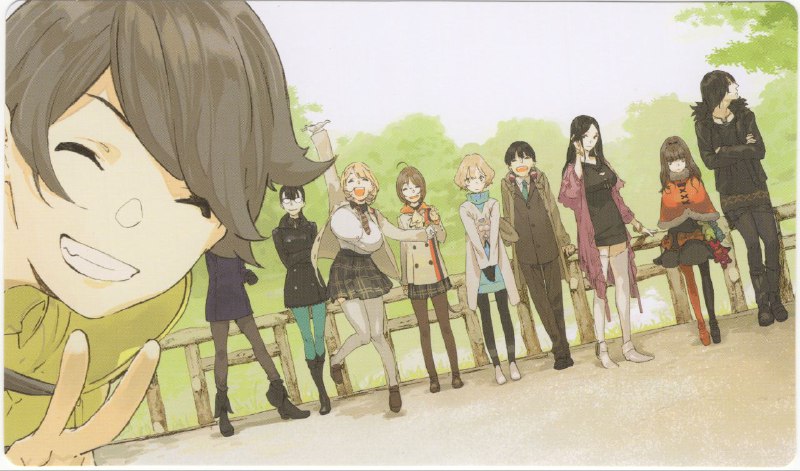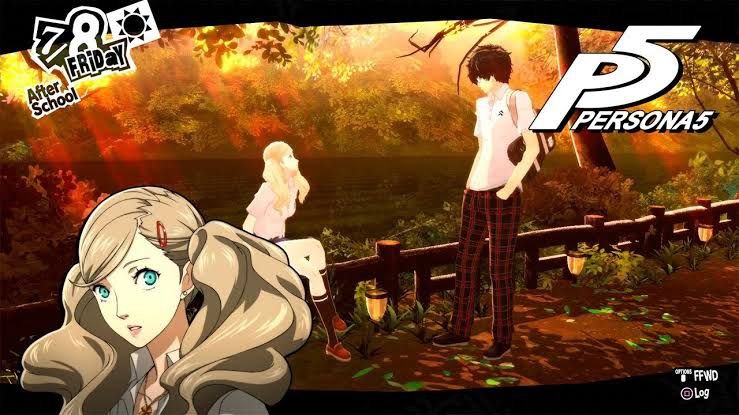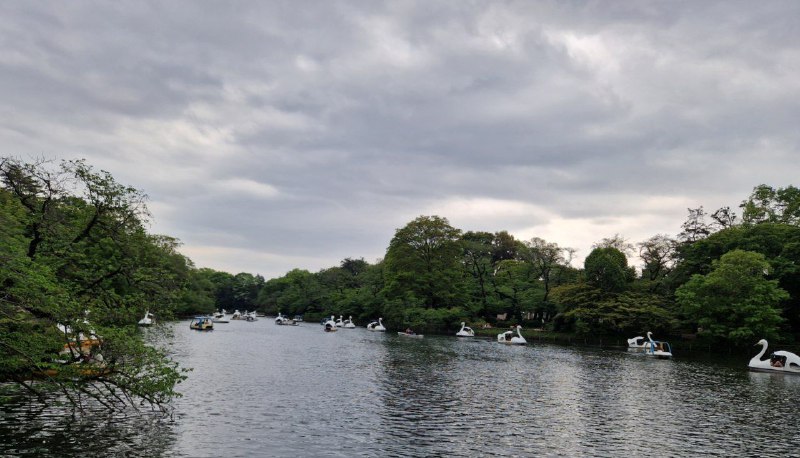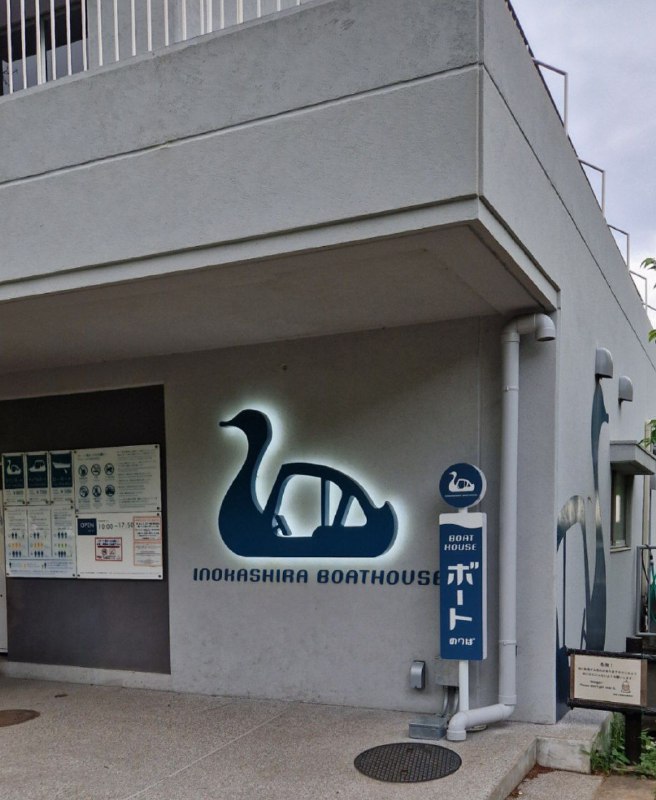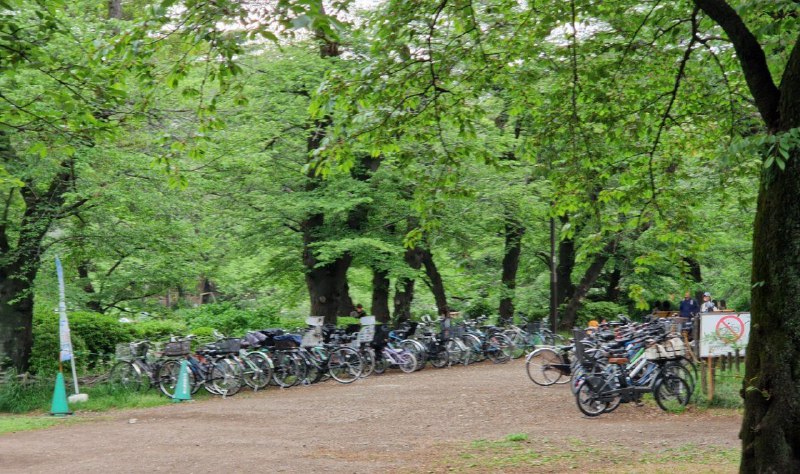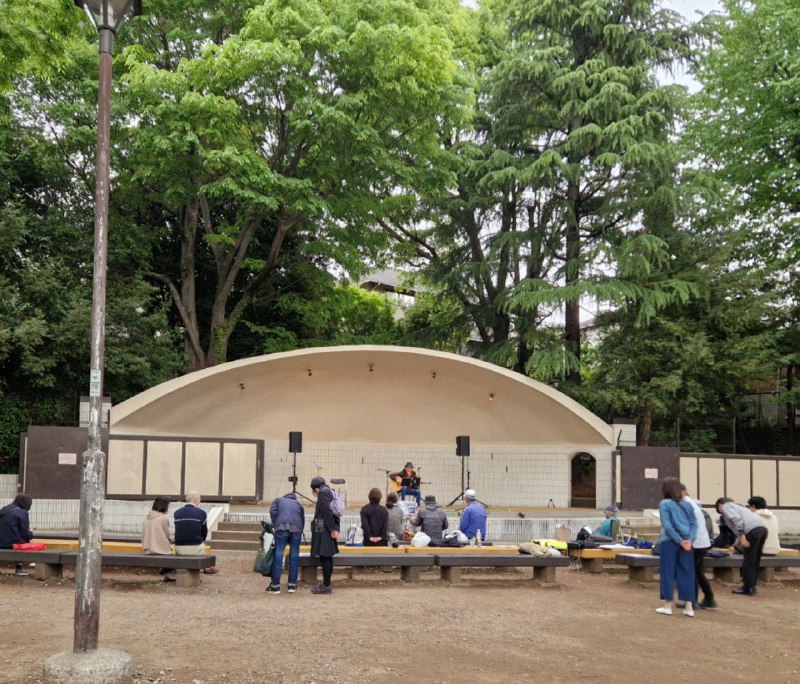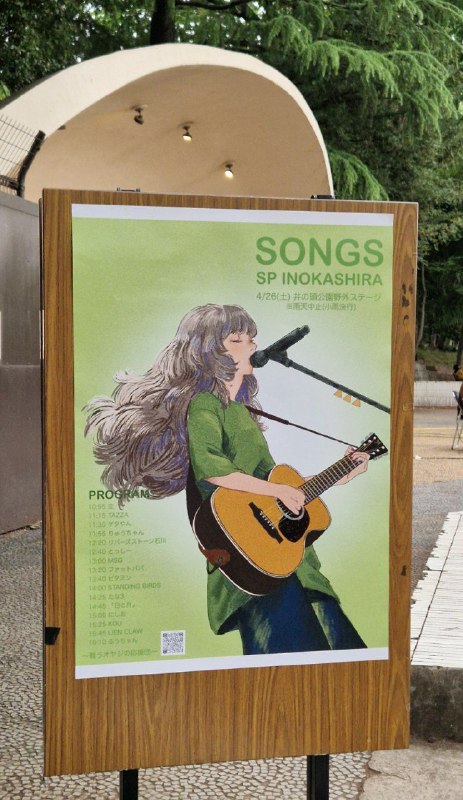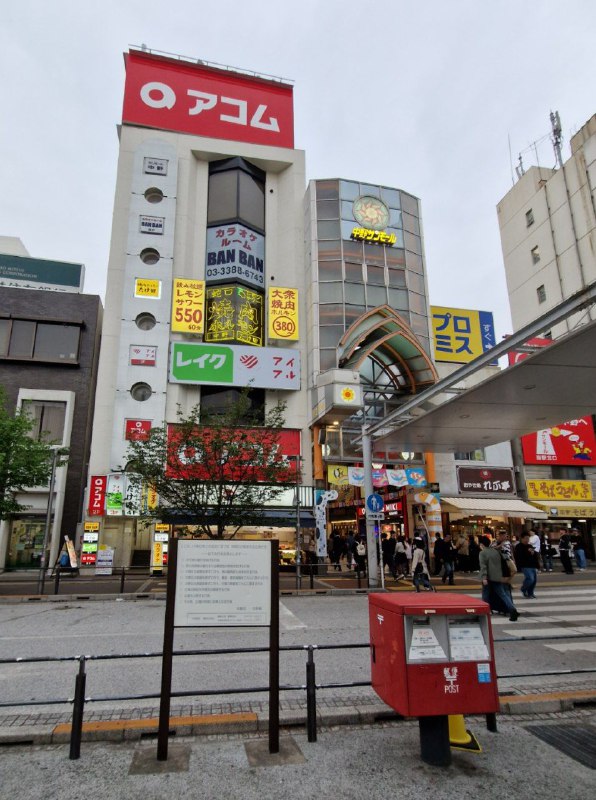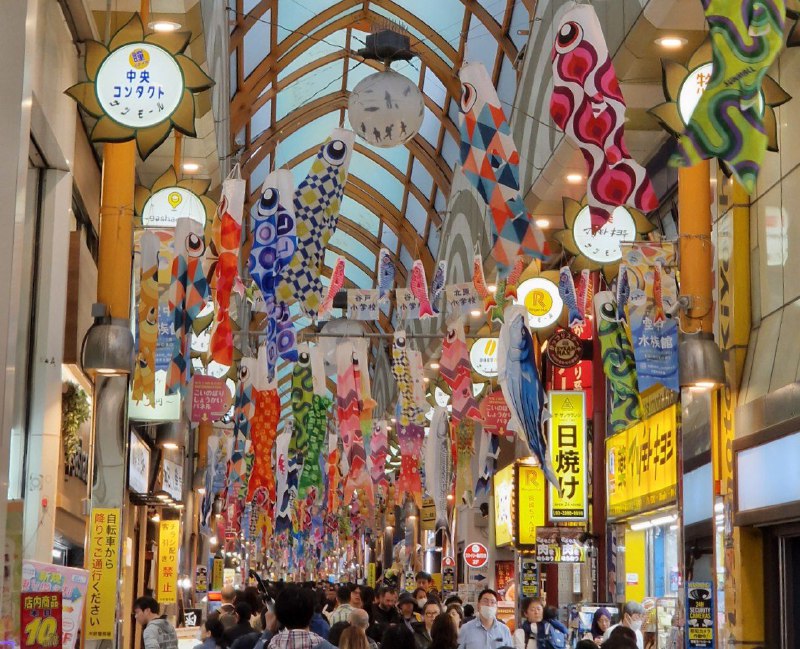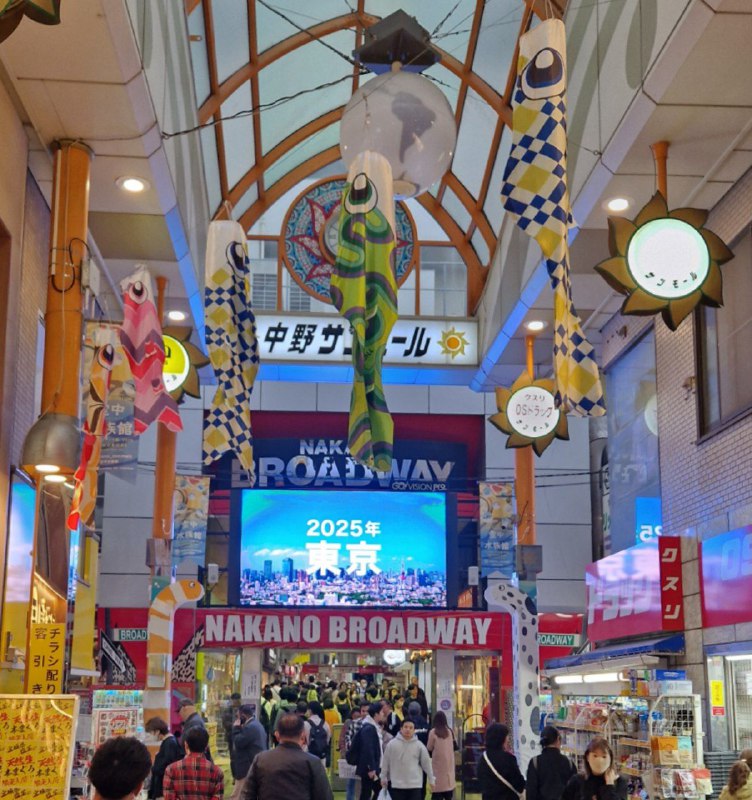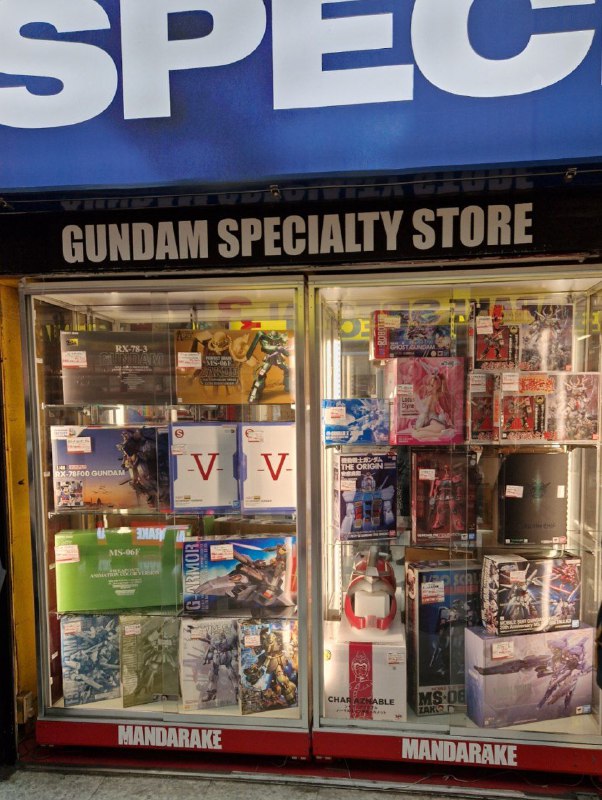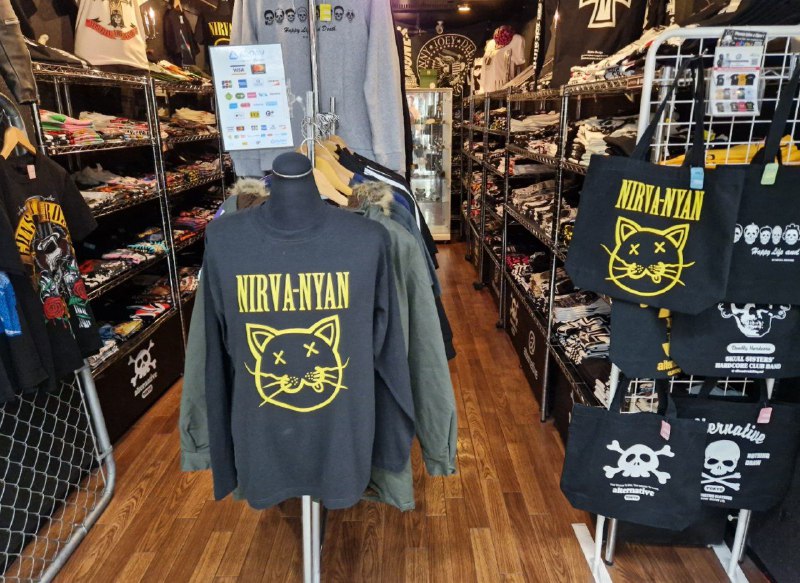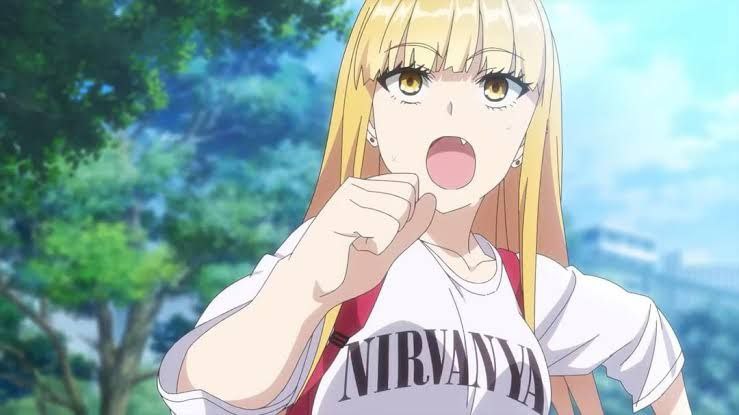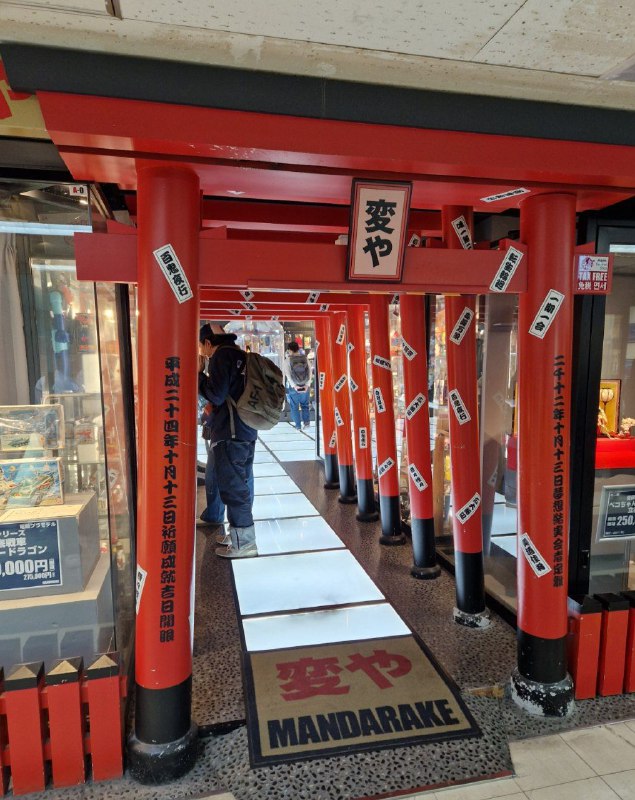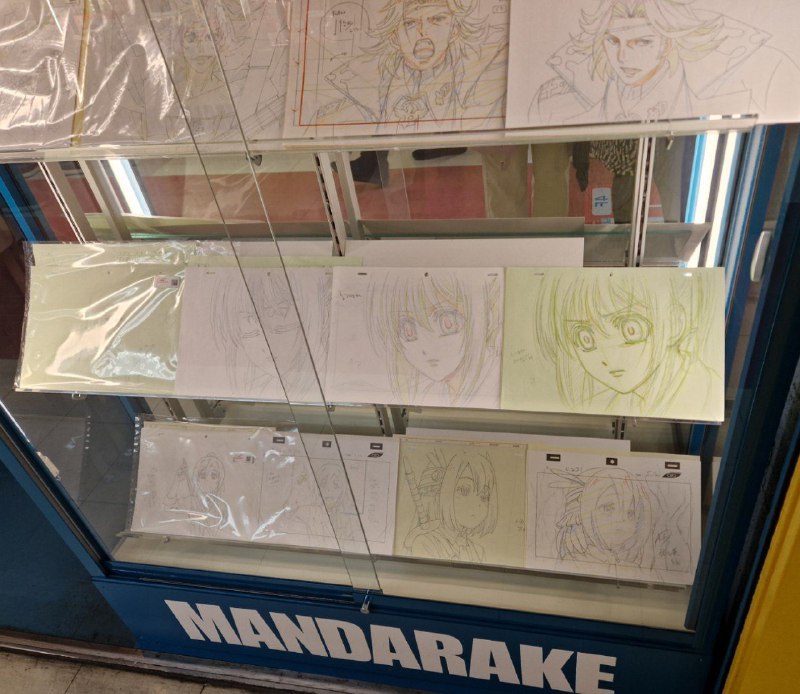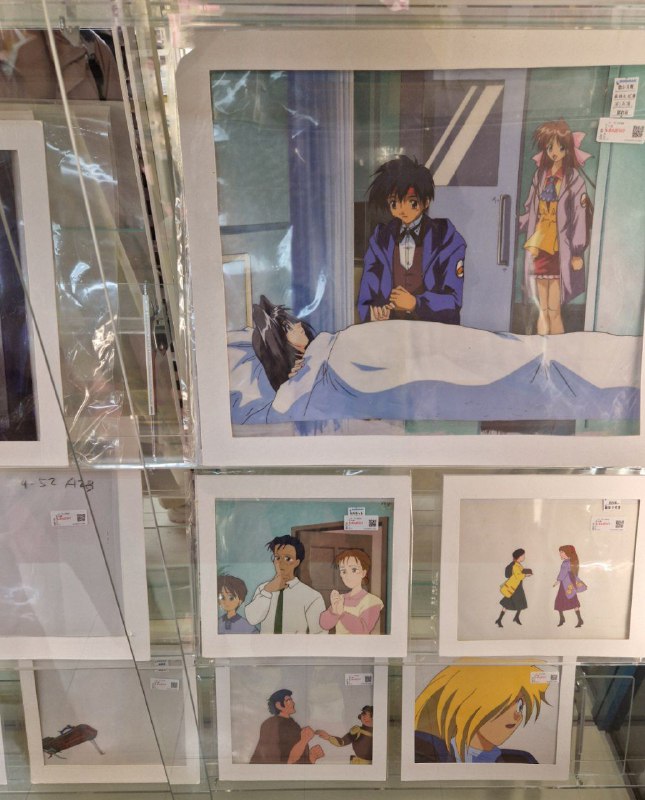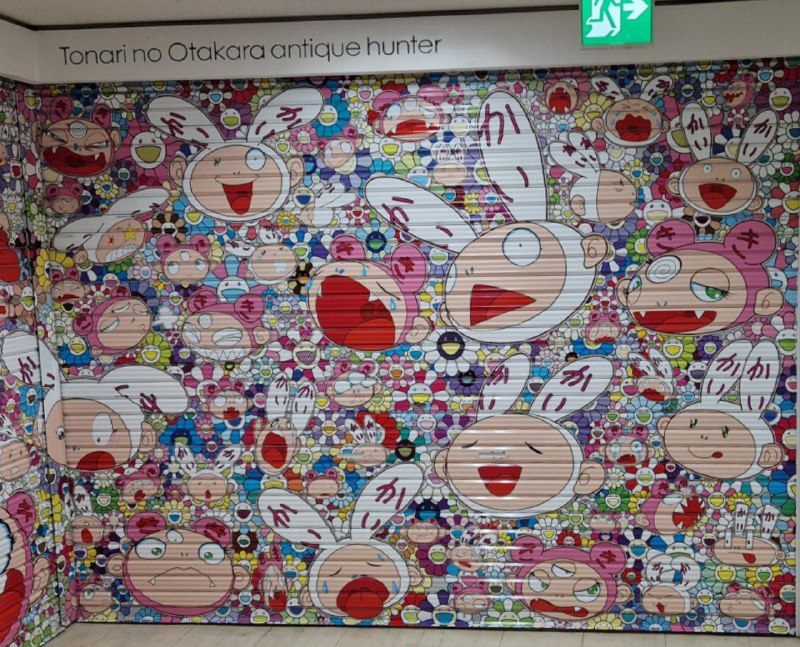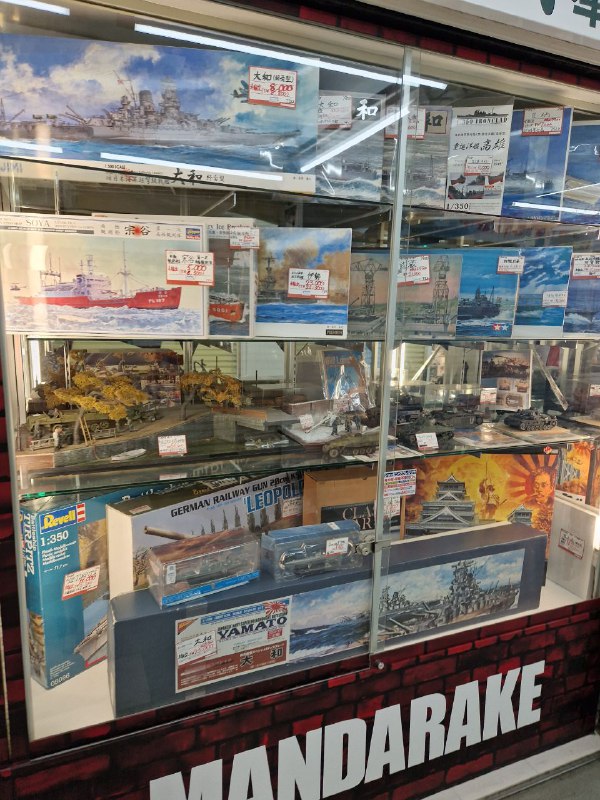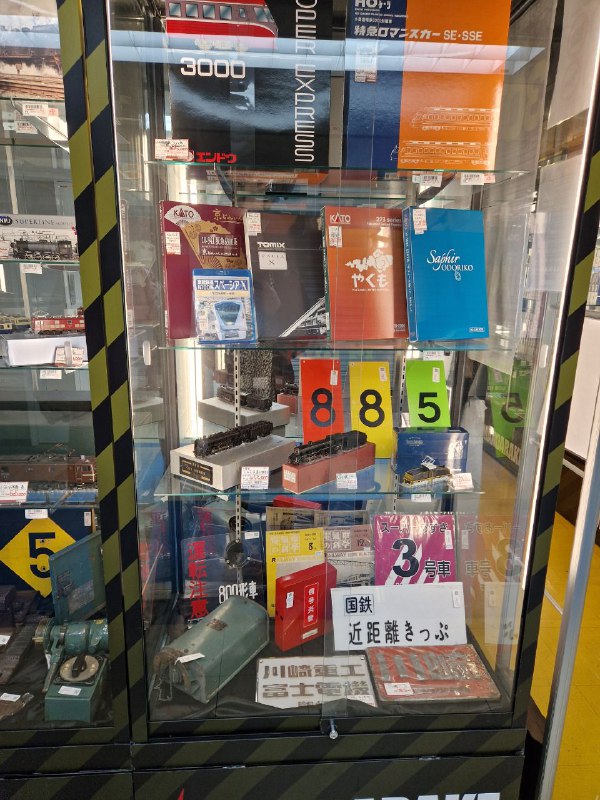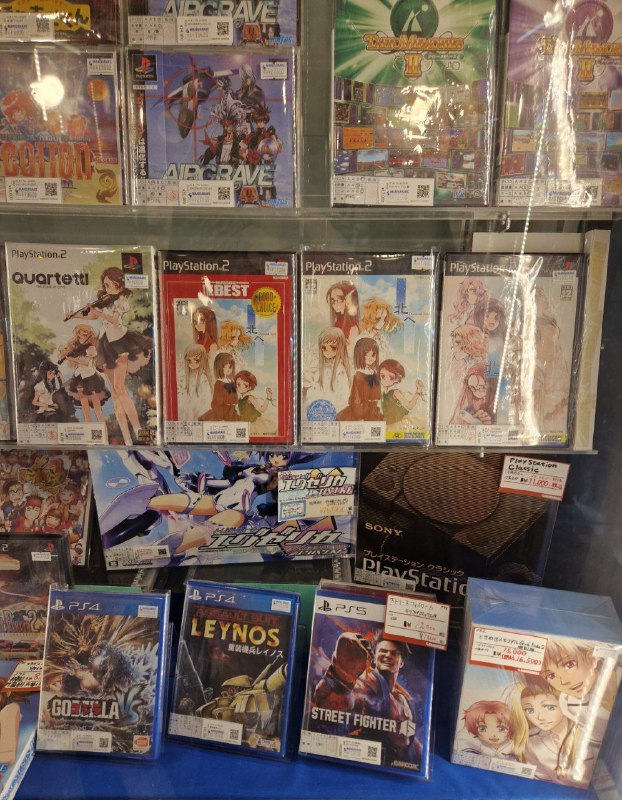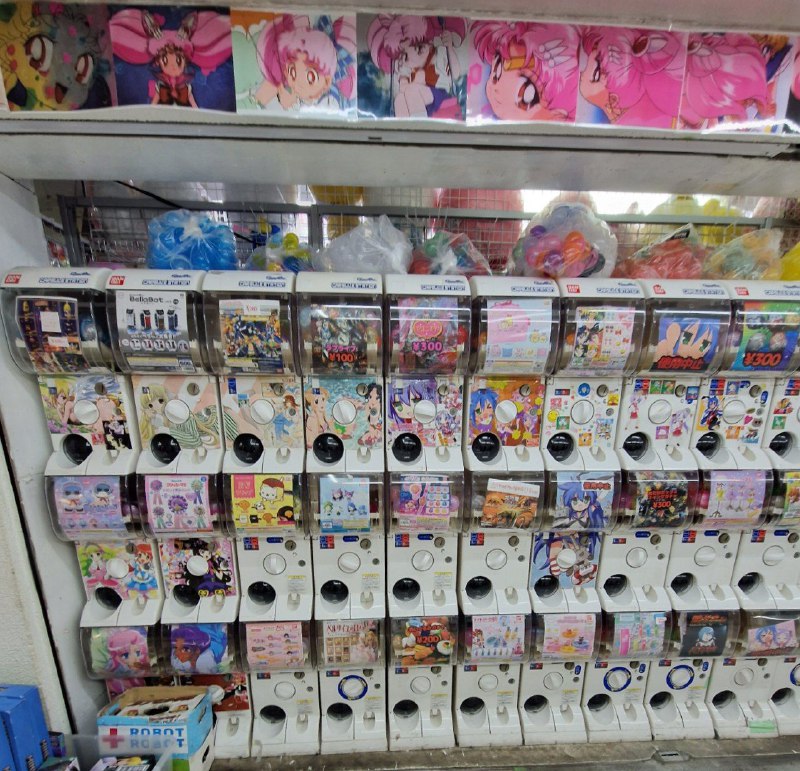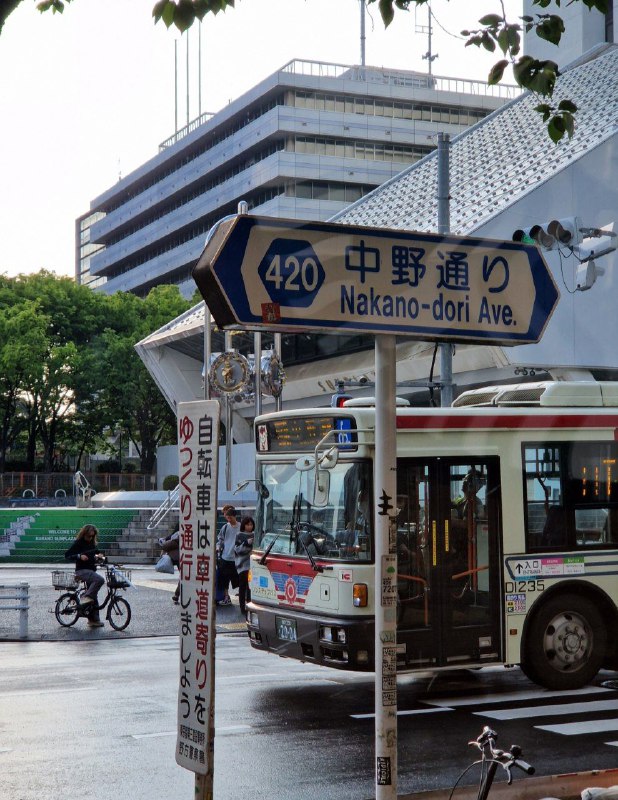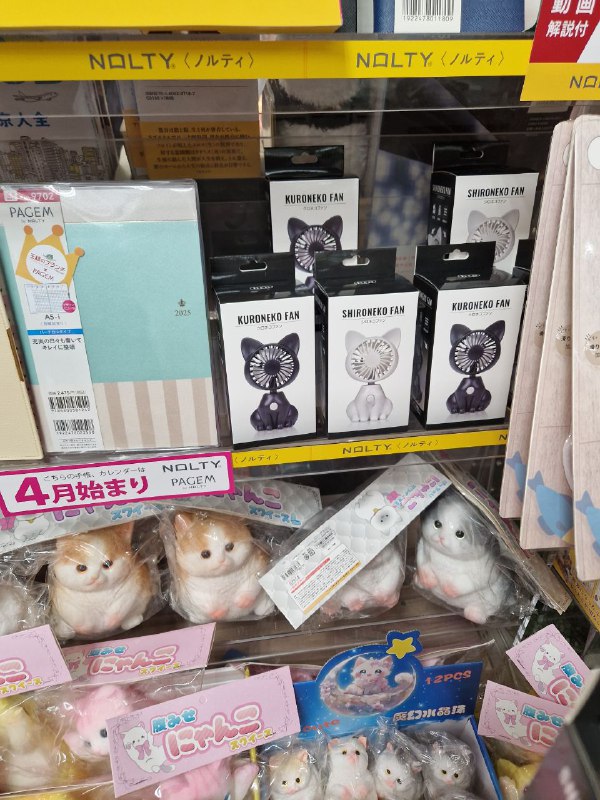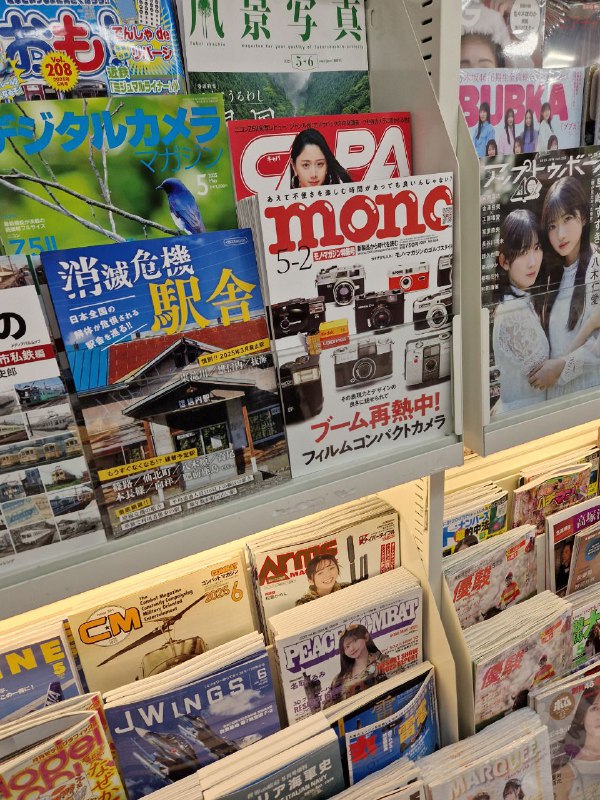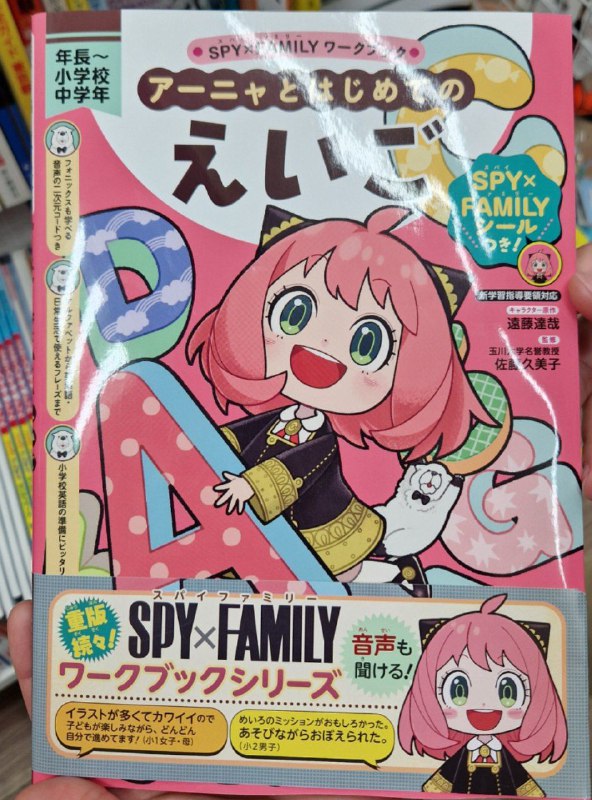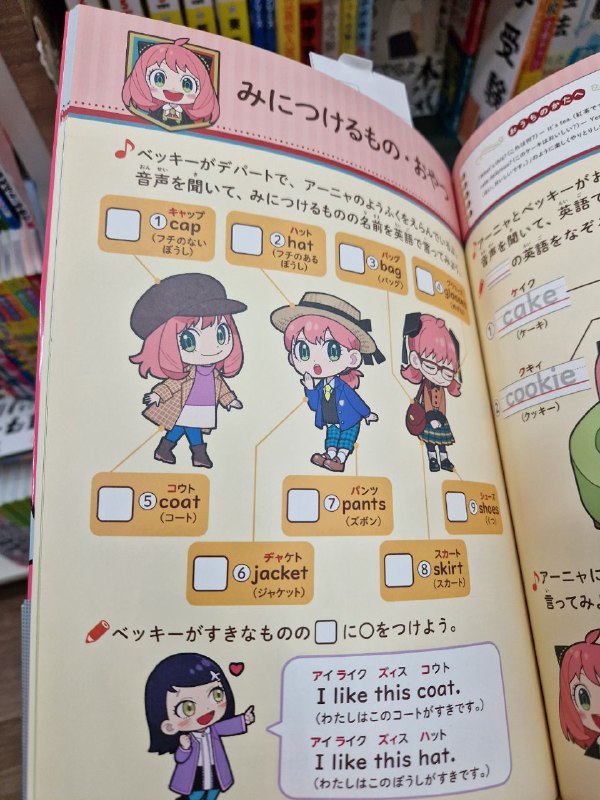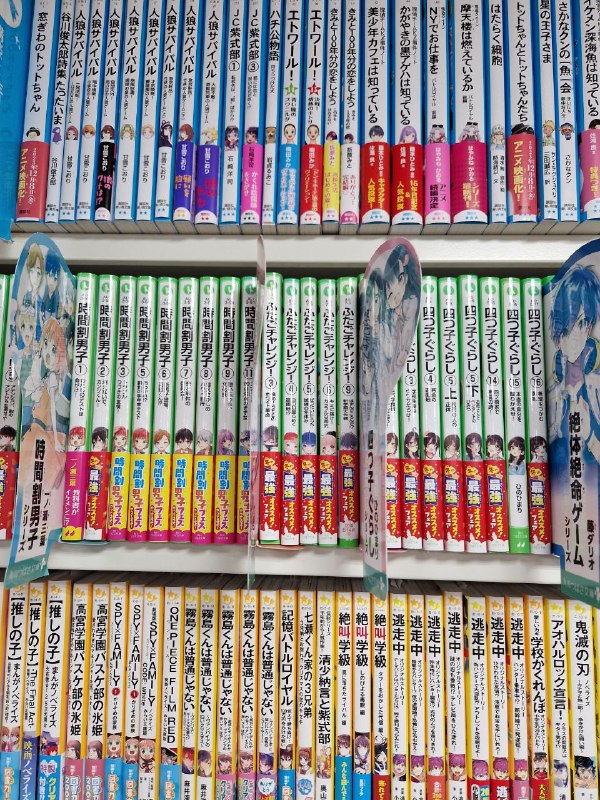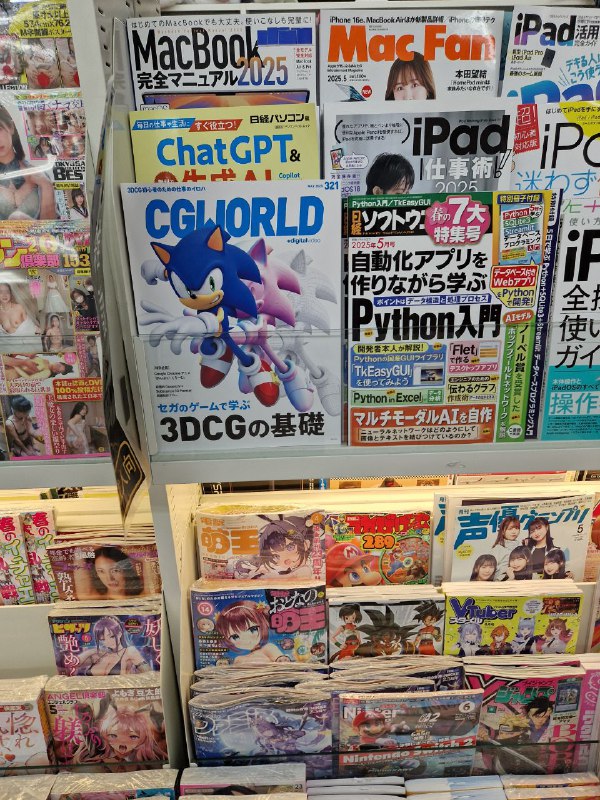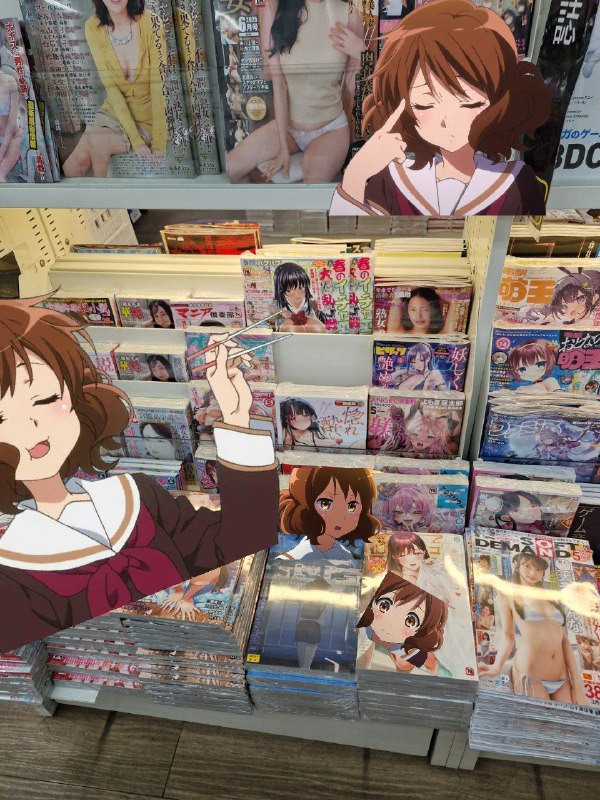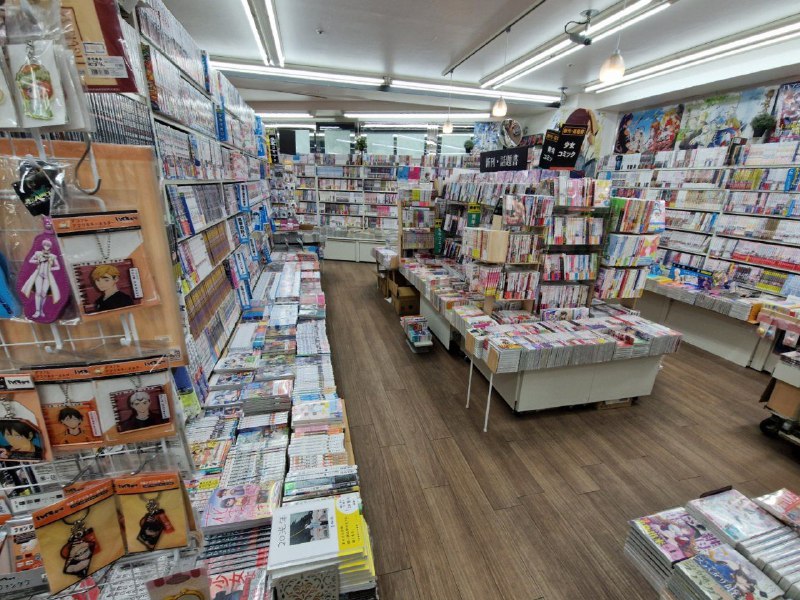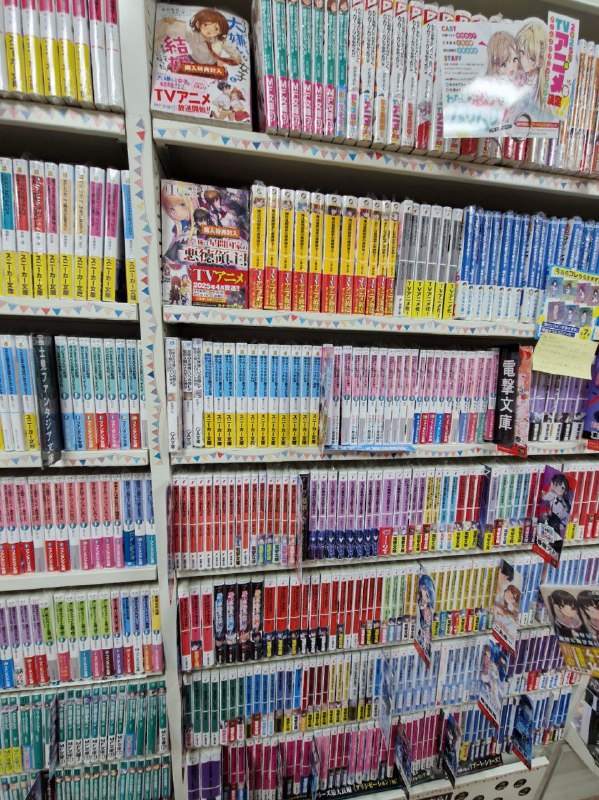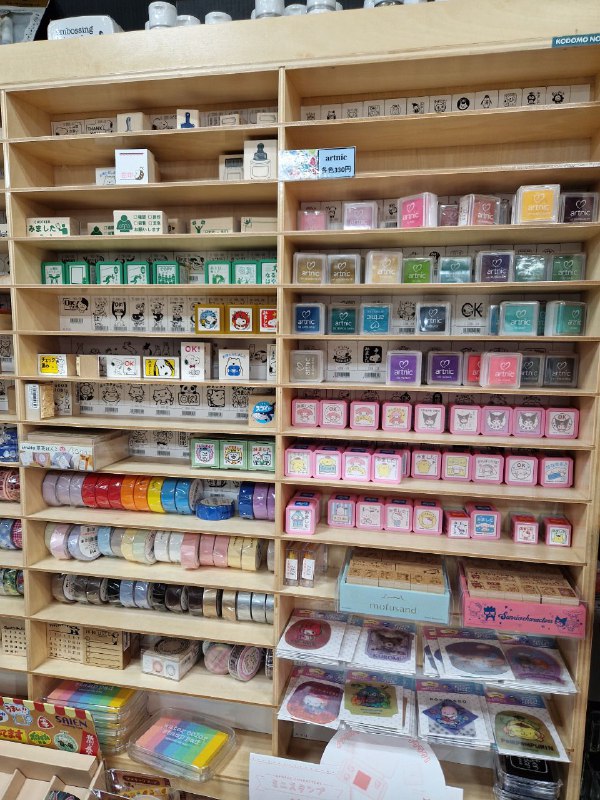Today we start with Kichijoj. Kichijoji is the
most desired neighborhood in the Tokyo metropolitan area. It doesn't
have rich history, but it has everything else. Sun road is the main
shopping street of the town. It isn't a tourist destination, too far
away from the central Tokyo, but it is very nice.
Of course, Persona 5 features Kichijoji.
It is also the setting of Occultic;Nine (not sure if you can tell)
Bookstores...
Suits (including "pajama suit"!!!)
Used clothes...
And a temple (currently closed for renovations)
Not that anyone would want to visit a temple, not in a game, not in real life 🤔
Local hard-off has roof access, and recommends checking out the vending machine there.
The vending machine with 100~ yen drinks on the roof: check
An okay view from the roof: check
Used guitars that might cost over 1,000,000 yen: check
Affordable (but apparently overpriced) vintage computers: check
Pretty vintage games (pretty expensive, too): check
Let's enjoy the neighborhood some more...
Kichijoji has a very nice park called
"Inokashira park". It's famous for sakura viewing, but sakura is just
green now. The park is still great.
Despite what anime tells you, you're not supposed to sit on the fence. The fence is concrete, by the way!
Lake boats!
The boat house is very busy, unexpectedly
Less than an obvious thing: Tokyo has a strong
cycling culture. Cycles are allowed on the roads, and cycles are allowed
on the pavements. And no one is complaining. Because lots of people
cycle, often with their children in the front and rear seats.
There's a small open air and an art market in the park today. No photos of the market were allowed.
It is actually somewhat a common thing in Japan; many shops would put signs that photos are prohibited. Videos are prohibited by default.
It is actually somewhat a common thing in Japan; many shops would put signs that photos are prohibited. Videos are prohibited by default.
We enjoyed the music for a while, and moved to our next destination.
Welcome to Nakano. Nakano is a large-ish city
within Tokyo. Similarly to Kichijoji, it doesn't have rich history, and
was basically a field and a village until Tokyo has sprawled here in the
1930s.
Nakano Sun Mall and Nakano Broadway, large shopping malls, were built here in the 60s as a home of luxury shopping, but things didn't work out; Shibuya and Roppongi ended up being far more popular.
Nakano Sun Mall and Nakano Broadway, large shopping malls, were built here in the 60s as a home of luxury shopping, but things didn't work out; Shibuya and Roppongi ended up being far more popular.
Sun mall is mostly occupied with random shops and restaurants.
Sun mall connects to Nakano Broadway.
Nakano Broadway is the home turf of Mandarake (open in 1980 or so), an anime&otaku goods shop. There are over 20 Mandarake shops spread over three floors of the Nakano Broadway (and there are other shops, too)
Nakano Broadway is the home turf of Mandarake (open in 1980 or so), an anime&otaku goods shop. There are over 20 Mandarake shops spread over three floors of the Nakano Broadway (and there are other shops, too)
If your hobby is not very niche, there might be
a whole Mandarake shop for it. There's a Mandarake shop for Gundam
(with some pretty figurines on sale for as low as £2). There is a small
Atlus/Persona shop. There is no Mandarake shop for yuri manga or goods. 🥹
Nirvanyan T-shirts are real now
("Catch me at the ballpark")
Some shops are prettier than the others
There's a specialty shop selling original cels or pages from animatics
All the good cels are sold at auctions, of course.
Many shops were closed today for some reason.
Mandarake caters to train and military otakus, too.
There's a small shop with vintage games, where my favourite "Kita E Kiss is the beginning" sells for 27,500 yen. Yuck!
Of course, there are gachas. This row of gachas
is especially confusing, because the images on the vending machines do
not match their contents.
Long live Nakano Broadway. Maybe one day it'll have a specialist yuri shop. No no no, not Yuri On Ice! The other one...
But maybe it'll be demolished, because the building doesn't meet modern earthquake regulations.
But maybe it'll be demolished, because the building doesn't meet modern earthquake regulations.
An observation about Japan: there are So Many
Jingles everywhere. It feels like Japan got access to cheap FM synths
before every other country, and got used to the melodic
chimes-and-jingles. The train is arriving? One jingle. The tram is
arriving? Another jingle. A driver is about to make an announcement? Yet
another jingle. You're changing from JR to Tokyo Metro? A whole new set
of jingles! Entering a convenience store? Well, maybe the door will
play a jingle, too.
Somewhat related: traffic lights sometimes would play a song to indicate that it is safe to cross the road. The creepiness of the melody depends on the crossing.
https://youtu.be/R8WLpyv_XvE
Somewhat related: traffic lights sometimes would play a song to indicate that it is safe to cross the road. The creepiness of the melody depends on the crossing.
https://youtu.be/R8WLpyv_XvE
Notice that the traffic light colour is blue-ish green.
The story for "why" goes like this: when traffic lights were imported to Japan, the most common word for "green" was 青 (ao), so the traffic light for crossing the street was named 青信号 (ao shingou). However, the word 青 wasn't just "green"; it was also applied to blue things, like the sky blue or the ocean blue.
Around 1950s, the word 緑 (midori) became a new common way to describe the green colour, and with it, the 青 became to mean "blue" almost exclusively, except for set phrases, like 青葉 ("fresh leaves") or, you guessed it, 青信号 ("green traffic light").
To reduce the confusion, the government in 1973 mandated the traffic lights to have a blue tint to the green signals.
It probably would have been easier to rename them :D
The story for "why" goes like this: when traffic lights were imported to Japan, the most common word for "green" was 青 (ao), so the traffic light for crossing the street was named 青信号 (ao shingou). However, the word 青 wasn't just "green"; it was also applied to blue things, like the sky blue or the ocean blue.
Around 1950s, the word 緑 (midori) became a new common way to describe the green colour, and with it, the 青 became to mean "blue" almost exclusively, except for set phrases, like 青葉 ("fresh leaves") or, you guessed it, 青信号 ("green traffic light").
To reduce the confusion, the government in 1973 mandated the traffic lights to have a blue tint to the green signals.
It probably would have been easier to rename them :D
It's almost midnight, and that means it's time
to check out the local book shop outside of the station! It works 24/7.
This is not the norm for a book shop, and we expected it to be fairly
small, and only have a few bookshelves with books for bored
travellers... Oh how wrong we were!
There's lots of useless stuff, souvenirs and such...
... And hobby magazines (do you see the "mono" in the center?)...
And a large selection of textbooks, including "English with Anya"
Multiple bookshelves with novels for elementary school children (including Futago Challenge that Nina is reading right now!)...
Computer magazines, including a very decent
tutorial on programming GPU in C++, are lined up next to the porn
magazines (and probably this is why the shop is open 24/7)
Some of the covers are too explicit to be shown
to underage people, but there are no black or semi-translucent
protective packaging on them. This row is only few steps away from
middle school textbooks, huh.
Manga selection is adequate, sized similarly to
the Sci-Fi & detective fiction section next to it. There are two
bookshelves with manga specifically for women, and two more with BL.
Light novel section is a bit light, but it has all AdaShima, which made Atsuko really happy.
The stationery section is full of cute stuff,
including stamps. What kind of monster sends their letter without
stamping the envelope with all the cute stamps?!
You'd be surprised to know that we were far
from being only customers. In a book store that was just a regular
Japanese book store, but open at midnight. Cool, huh?
We got ourselves the latest YuriHime magazine (new chapters of "I'm in love with the villainess", "Citrus", "Whisper me a love song", and more!).
So, a midnight bookstore was a great success!
We got ourselves the latest YuriHime magazine (new chapters of "I'm in love with the villainess", "Citrus", "Whisper me a love song", and more!).
So, a midnight bookstore was a great success!
